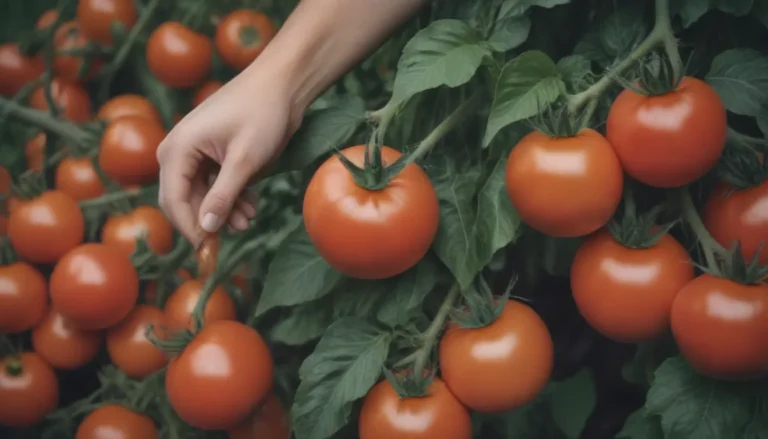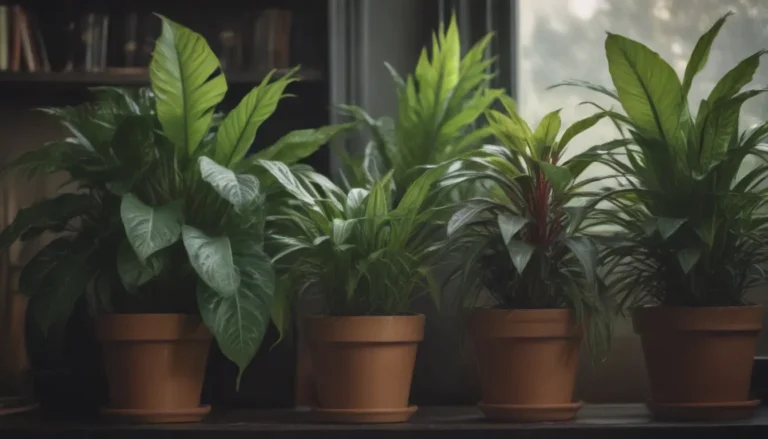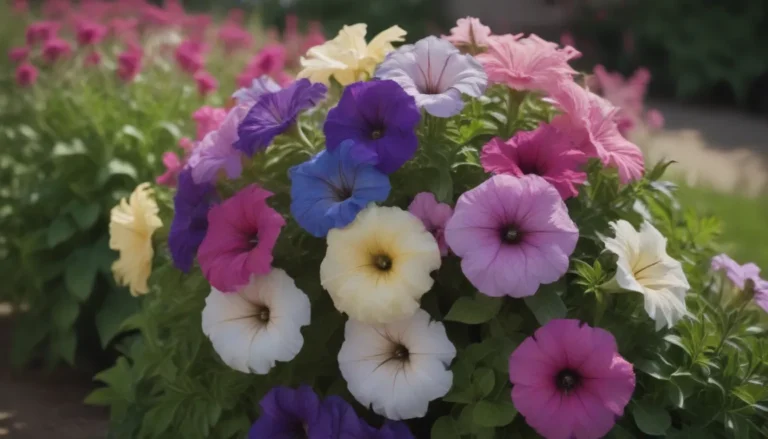A Comprehensive Guide to Balcony Gardening: What You Need to Know Before Starting

Are you thinking about starting a garden on your balcony but not sure where to begin? Whether you have a green thumb or are a novice gardener, creating a beautiful outdoor space on your balcony can be a rewarding experience. From selecting the right plants to dealing with specific challenges like sun exposure and wind, there are many factors to consider before you start your balcony garden. In this guide, we’ll cover everything you need to know to create a successful and thriving balcony garden.
Understanding Your Balcony Space
Balcony gardens can range from simple to intricate, depending on your preferences and budget. Before you start planning your garden, consider the following factors:
-
Space: Assess how much space you have available for gardening on your balcony. Look for vertical spaces where you can plant or hang planters to maximize your growing area.
-
Light and Exposure: Determine how much direct sunlight your balcony receives throughout the day. Buildings or walls can obstruct the sun, creating microclimates on your balcony. Use a sun calculator to accurately assess the amount of sunlight each area of your balcony receives.
-
Climate: Balconies can have extreme conditions, with temperature fluctuations and different microclimates. Consider how surface treatments on your balcony affect heat retention. Choose plants that can thrive in your specific climate.
Essential Tips for Balcony Gardening
Here are 15 essential tips to consider before starting your balcony garden:
-
Work Vertically: Utilize vertical spaces by hanging planters or creating trellises to maximize your gardening area.
-
Choose Plants for Sun Exposure: Select plants that can thrive in the amount of sunlight your balcony receives. Consider using succulents for sunny balconies.
-
Consider a Succulent Garden: Succulents are easy-care plants that come in various shapes and colors. They are drought-tolerant and suitable for balconies that receive lots of sun.
-
Pay Attention to Heat: Balconies can get hot, so choose heat-tolerant plants like pothos and spider plants. Install windbreaks to protect fragile plants from wind damage.
-
Decide on Annuals vs. Perennials: Choose plants that can stay on your balcony year-round or opt for annuals that need to be replanted each spring.
-
Start Slowly: Begin your balcony garden with a few plants to see how much time and attention you can dedicate to gardening.
-
Get a Good Watering Can: Invest in a large watering can for watering your plants, especially if you have many pots or large containers.
-
Grow Colorful Flowering Vines: Plant flowering vines like clematis and sweet peas that can add beauty to your balcony.
-
Choose Crops Carefully: Make wise choices about what you grow based on the limited space of your balcony.
-
Try Edible Plants: Grow vegetables like tomatoes and peppers or greens like lettuce and kale in your balcony garden.
-
Grow an Herb Garden: Herbs like basil, thyme, and parsley are easy to grow and can thrive in a sunny balcony.
-
Try Dwarf Fruit Trees: Consider growing dwarf fruit trees like Meyer lemons or cherries if you have a warm and sunny balcony.
-
Keeping Things Clean: Use trays under containers to retain moisture and keep your balcony clean. Use throw rugs to contain dirt and debris.
-
Where to Store Gardening Tools: Use a basket or tool bag to keep your hand tools organized. Consider a small potting table with drawers or shelves for storage.
By following these tips and considering your balcony’s specific conditions, you can create a beautiful and thriving garden that enhances your outdoor living space. Whether you’re a seasoned gardener or a beginner, balcony gardening can be a rewarding and enjoyable experience. Happy gardening!





